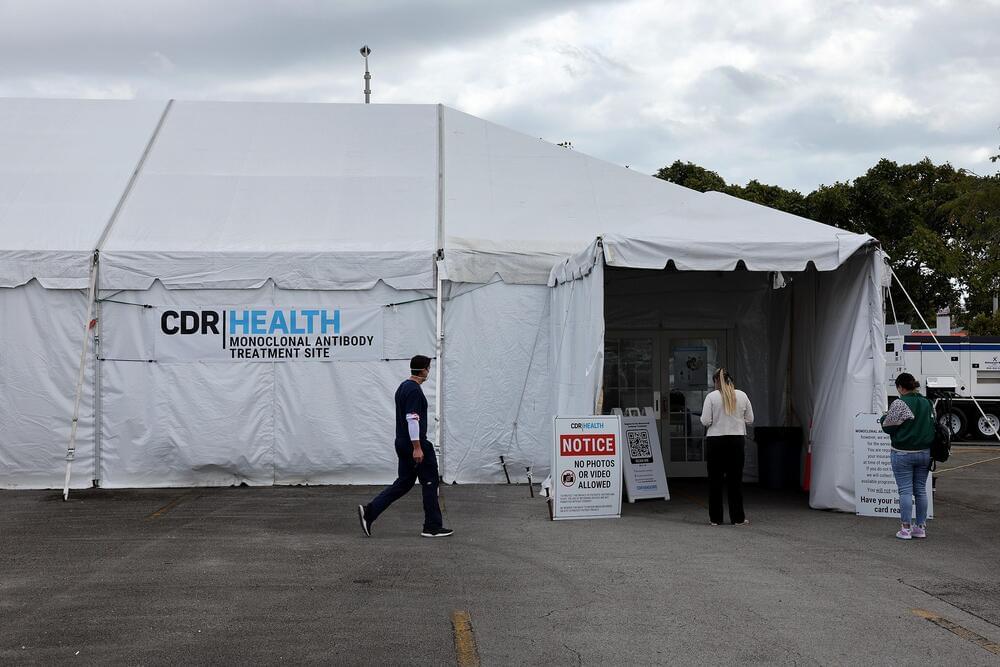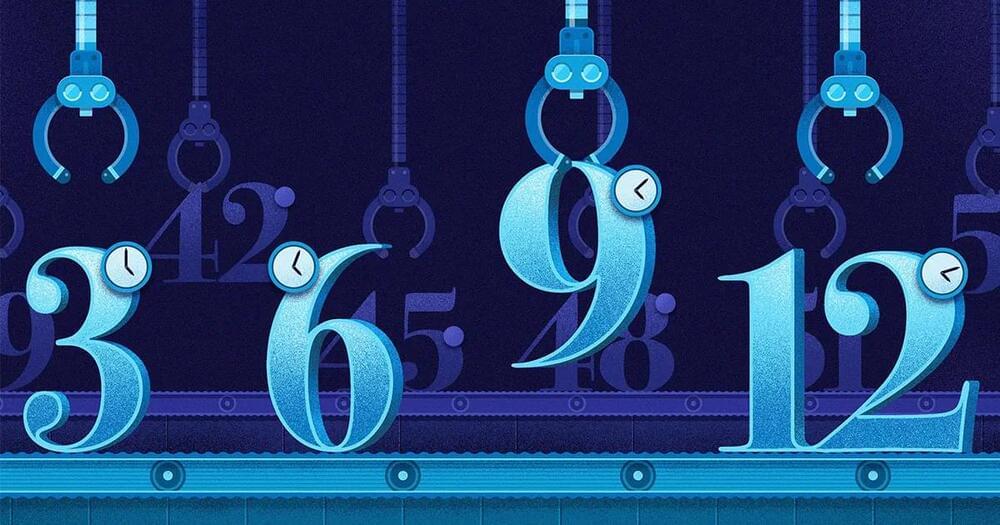Life is short, but Tomorrow Bio explains how cryonics is a good option that can offer more time for your lifespan. Check out how below!



If you’re expecting monoclonal antibody treatments to save you from getting more severe outcomes like death should you get Covid-19, it may be time to rethink that strategy. A letter published in The Lancet Infectious Diseases journal on November 18 detailed how many of the currently spreading Omicron subvariants, namely the BA.4.6, BA.2.75.2, and BJ.1 ones, appear to be resistant to most available monoclonal antibody treatments. And the BQ.1.1 Omicron subvariant, which has become one of the two dominant versions of the severe acute respiratory syndrome coronavirus 2 (SARS-CoV-2) in the U.S., seems resistant to all of the available monoclonal antibody treatments. Yes, all of them, as in every single one.
BQ certainly doesn’t stand for “be quiet,” as the BQ.1.1 subvariant is now causing a commotion, being responsible for an estimated 24.2% of all new reported Covid-19 cases over the past week while the not-too-different BQ.1 subvariant has been the culprit behind 25.5% of them, according to the Centers for Disease Control and Prevention (CDC). If you do the math, that means that these two Omicron subvariants are now comprising over half of all reported Covid-19 cases, meaning that they have overtaken the BA.5 as the “alpha-dog” of SARS-CoV-2 versions. Therefore, you can probably no longer rely on any type of monoclonal antibody should you get Covid-19. That’s certainly bad news for anyone not able to get enough protection from Covid-19 vaccination such as those who have very weak immune systems.
You know that 1997 Backstreet Boys song that goes “everybody, yeah?” Well, looks like the latest 2022 Covid-19 coronavirus Omicron subvariants have been going, “antibody, no-oh.” So much for the argument that other Covid-19 precautions are not needed because monoclonal antibodies are available. Even back in 2020 and 2021 when monoclonal antibody treatments seemed to work against the then-circulating previous versions of the virus, such an argument held water about as well as a Brillo pad thong since relying on any single Covid-19 precaution or treatment has always been a foolhardy approach. Doing so was akin to telling someone, “since you have underwear on, why do you need pants or a skirt or a kilt?” Ever since the start of the pandemic, real pandemic experts have continued to advocate for more of a “Swiss cheese” approach that entails always layering on different Covid-19 interventions simultaneously because each single intervention has its holes.

😗
BOSTON — Scientists at Dana-Farber Cancer Institute have developed a drug that potently neutralizes SARS-CoV-2, the COVID-19 coronavirus, and is equally effective against the Omicron variant and every other tested variant. The drug is designed in such a way that natural selection to maintain infectiousness of the virus should also maintain the drug’s activity against future variants.
The investigational drug, described in a report published today in Science Advances, is not an antibody, but a related molecule known as an ACE2 receptor decoy. Unlike antibodies, the ACE2 decoy is far more difficult for the SARS-CoV-2 virus to evade because mutations in the virus that would enable it to avoid the drug would also reduce the virus’s ability to infect cells. The Dana-Farber scientists found a way to make this type of drug neutralize coronaviruses more potently in animals infected with COVID-19 and to make it safe to give to patients.
This report comes at a time when antibody drugs used to treat COVID-19 have lost their effectiveness because the viral spike protein has mutated to escape being targeted by the antibodies.
Northwestern University researchers have discovered a previously unknown mechanism that drives aging.
In a new study, researchers used artificial intelligence to analyze data from a wide variety of tissues, collected from humans, mice, rats and killifish. They discovered that the length of genes can explain most molecular-level changes that occur during aging.
All cells must balance the activity of long and short genes. The researchers found that longer genes are linked to longer lifespans, and shorter genes are linked to shorter lifespans. They also found that aging genes change their activity according to length. More specifically, aging is accompanied by a shift in activity toward short genes. This causes the gene activity in cells to become unbalanced.

A recent study from Tokyo Medical and Dental University found that melatonin and two of its metabolites help memories stick around in the brain and can shield mice, and potentially people, from cognitive decline. One of the easiest ways to test memory in mice is to rely on their natural tendency to examine unfamiliar objects.

If you’re one of the billions of people who have posted pictures of themselves on social media over the past decade, it may be time to rethink that behavior. New AI image-generation technology allows anyone to save a handful of photos (or video frames) of you, then train AI to create realistic fake photos that show you doing embarrassing or illegal things. Not everyone may be at risk, but everyone should know about it.
Photographs have always been subject to falsifications—first in darkrooms with scissors and paste and then via Adobe Photoshop through pixels. But it took a great deal of skill to pull off convincingly. Today, creating convincing photorealistic fakes has become almost trivial.
Once an AI model learns how to render someone, their image becomes a software plaything. The AI can create images of them in infinite quantities. And the AI model can be shared, allowing other people to create images of that person as well.
De GARIS ESSAYS
Essay No.
Title : from cosmism to deism.
Text URL : https://profhugodegaris.files.wordpress.com/2011/04/cosmismdeism.pdf.
All Essays URL : https://profhugodegaris.wordpress.com/essays/

Summary: Researchers have identified a protein that could be leveraged to help microglia in the brain stave off Alzheimer’s and other neurodegenerative diseases.
Source: The Conversation.
Many neurodegenerative diseases, or conditions that result from the loss of function or death of brain cells, remain largely untreatable. Most available treatments target just one of the multiple processes that can lead to neurodegeneration, which may not be effective in completely addressing disease symptoms or progress, if at all.

The drug, midazolam, is often used before surgery to make a patient feel more relaxed. According to a new study, it is associated with an increased risk of heart damage when surgeries are performed at night.
According to a study conducted by researchers at the University of Colorado Anschutz Medical Campus, a popular drug that makes patients sleepy and less anxious before surgery is associated with an increased risk of heart damage when surgeries are performed at night.
The results provide further proof that a drug’s effectiveness might vary depending on the time it is administered.

Furstenberg’s Proof
Szemerédi had been examining sets that contain a “positive fraction” of all the integers. Take, for example, the set containing all multiples of 5. As you look at bigger and bigger swaths of the number line, multiples of 5 continue to appear regularly. Mathematicians say that the set containing all multiples of 5 has the fraction of a fifth of all the integers.